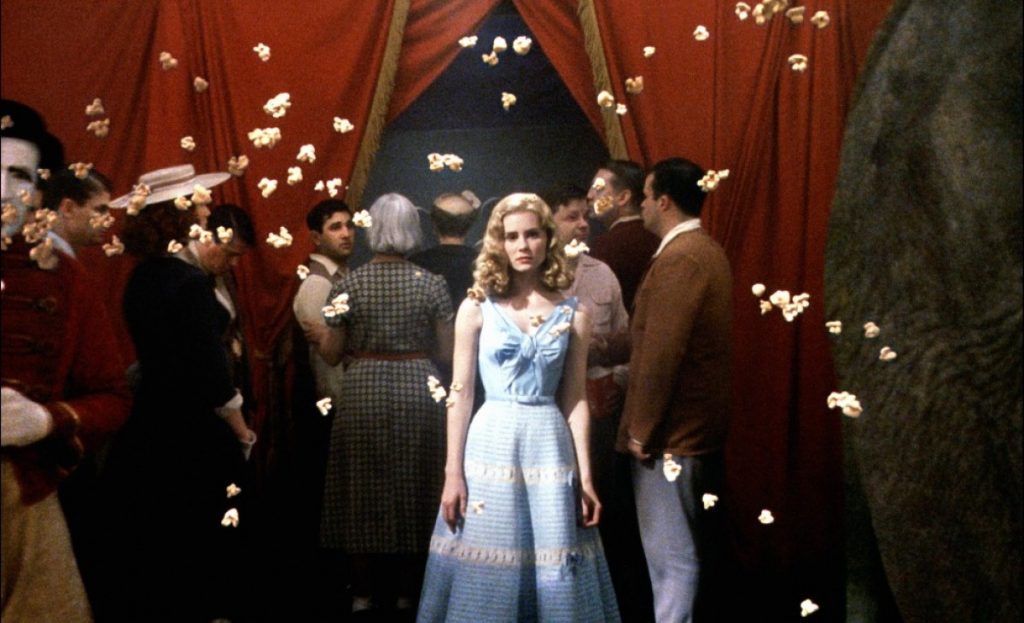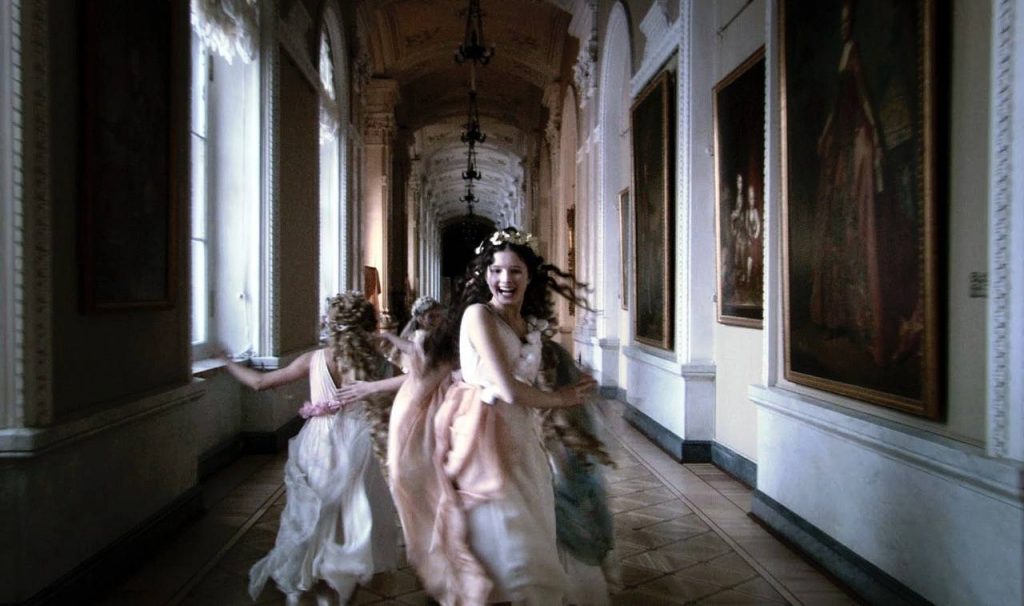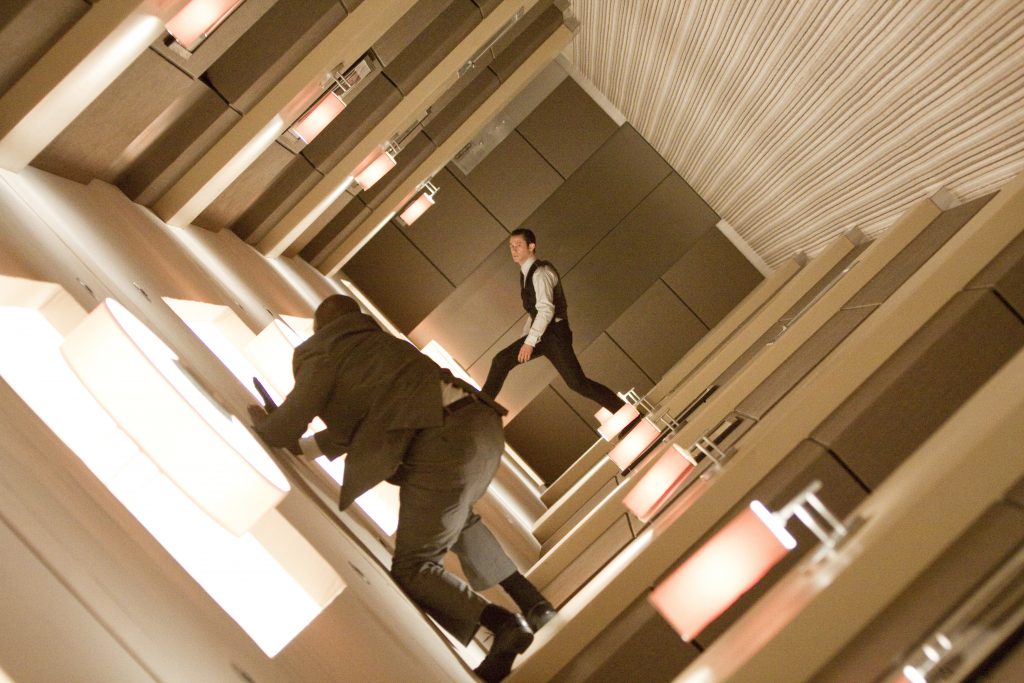We spend almost half of our lives sleeping. How wonderful it would be if we spent this precious time usefully! For example, I learned new skills. Soviet scientists seriously explored the possibilities of hypnopaedia (learning in dreams), but some went further and learned to control reality in a dream. Is this possible? We tell you what lucid dreams are and how they can be dangerous.
What is lucid dreaming

Learning experiments in dreams were practiced by ancient Egyptian priests who believed that the gods would reveal their secrets and knowledge about the world to the dreamer. Greeks and Indian yogis also tried to influence the sleeping person’s mind. It wasn’t until the 1930s that scientists began to study sleep seriously. It turns out that, contrary to popular belief, our mind does not “turn off” during sleep, other parts of the brain are simply activated. Additionally, during certain stages of sleep, we continue to react to what is happening in the outside world. The rest of the time, “files are sorted” according to the day’s events. The brain remembers important information and gets rid of unimportant information, releasing the “memory cloud”.

Because of this confusion, many dreams turn out to be nonsense. For example, we may see ourselves as children from the outside or come into contact with strangers. But there are states that are more interesting. For example, lucid dreams, where a person realizes that they are sleeping and is able to control what is happening. This occurs when the sleeper is between REM sleep and full wakefulness. At the same time, all events seem very real.

The term “lucid dreaming” (wake-induced lucid dreaming, or WILD) was first used by Dutch psychiatrist Frederik van Eeden in his 1913 article “A Study of Dreams.” The scientist kept his own dream diary, in which he described this unique experience. Following him in the 1950s, neurophysiologist Nathaniel Kleitman began to study lucid dreams: using the polysomnography method, he analyzed the parameters of the sleeper and based on them created a hypnogram – a picture of the structure of sleep.
This phenomenon also attracted the attention of American psychophysiologist Stephen Laberge and German psychologist Paul Toly. The last one appeared five signs of lucid dreaming.
– The person realizes that he is in a dream
– The sleeper’s thoughts are clear and definite
— The dreamer can simulate unrealistic situations on his own
— The chronology of events is clear
— It is possible to distinguish smells, touches and sounds in dreams from the real world
Recently, lucid dreams have gained popularity thanks to the transmission of reality, an esoteric teaching explained in 2004 by Vadim Zeland, author of the book series of the same name.
How to control dreams

Is it possible to be the director of your own dreams? American psychiatrist and dream researcher Allan Hobson believes that anyone can learn to lucid dream, they just need to master certain techniques. Psychophysiologist Stephen Laberge agrees with him, describing the method in detail in his book “The Practice of Lucid Dreaming.”
Proponents of this practice recommend starting by keeping a dream journal to form the habit of being aware of your dreams. There are also special devices equipped with sensors for eye movement – light signals are turned on when the device detects movement.
You need energy to enter a lucid dream. Therefore, you should not drink alcohol or watch TV – this can confuse you. Also, the last meal should be a few hours before bedtime.

Before going to bed, close your eyes and calmly “watch” your day in reverse. Then collect all your impressions in an imaginary balloon and release it into the sky.
Now concentrate and mentally look at your hands – this will allow you to realize your “I”. In other words, we open consciousness to gain control over dreams. You can also find identification signs in advance, such as the inscription “I am in a dream” and some kind of bright light source.
You may not be successful the first time, so practice a few times each night before going to bed. Try to control reality; point your hand at the wall. You won’t be able to do this in life, but in a dream you can easily go through it. You can cover your nose; If you can still breathe, you are sleeping.

Before going to bed, set the alarm for 3-4 am and do not get up after waking up. Try to stay half asleep while lying in bed. This will increase your chances of falling asleep during REM sleep, when lucid dreaming is most likely.
If you find yourself waking up in a dream, first find any point (or object) and focus your attention on it. At that moment you will find yourself where you are looking. It will be a fast flight. This causes different feelings in everyone, from pleasure and surprise to panic and horror. Therefore, prepare mentally in advance.
Finally, if you want to exit a lucid dream, there are several ways. First, blinking frequently will be a signal to the brain to wake up. Second, scream loudly or call for help to get your brain to react to the sound. Third, read a book or tablet in your sleep to stimulate the “sleep” areas of the brain.
Why are lucid dreams dangerous?

On the one hand, lucid dreams are an excellent tool for getting to know yourself and unlocking your creative potential. On the other hand, you will also have to deal with side effects in the form of sleep disorders. Those who suffer from insomnia should apply this technique carefully, otherwise it will become even more difficult to fall asleep. Similarly, people with depression and any psychiatric diagnosis are not recommended to enter a lucid dream state so as not to worsen their mental health.

In addition, the person addicted to this practice has the feeling that the people and objects around him are not real. In this case, there may be a tendency to test this in radical ways. For example, a person may think that nothing will happen to him when he jumps from the roof of a tall building. Therefore, if there are signs of a borderline situation between dream and reality, you should stop the practice immediately.

You should not practice lucid dreaming for those who periodically experience sleep paralysis, a condition in which the mind is awake and the body is inactive. In sleep paralysis, the parts of the brain responsible for active movement are shut down while the brain is in the REM phase of sleep. That’s why we see all kinds of scary creatures and hear scary sounds. When waking up, the brain does not immediately activate motor functions and the person still sees unrealistic images. People who experience sleep paralysis usually never forget it: It is a very disturbing and frightening condition. To prevent such cases from happening more often, it is better not to experiment with lucid dreams.
Is it true that ingenious discoveries can occur in dreams?

Probably everyone remembers the story from school that Dmitry Mendeleev discovered the periodic table of chemical elements in a dream. Thomas Edison claimed that he dreamed up the ideas of the light bulb and the phonograph. Salvador Dali used the interrupted sleep technique to trigger visions and hallucinations in his surrealist paintings; one of them was called “Dream”. Mary Shelley, the author of Frankenstein, said that the idea of bringing a person back to life with the help of electricity came to her in a dream. These and other examples show how powerful processes occur in the head of a sleeping person. So why do some people dream of cats or incoherent nonsense, while others have creative insights and glimpses of genius? Maybe the truth is that these people are talented in their own right?

A study published in the journal Science Advances shows that brain activity in the twilight zone between sleep and wakefulness “ignites creative sparks, but this effect quickly disappears once the person falls into deep sleep.” That’s why Dali’s technique worked, because he woke up every 20 minutes.

Scientists drew this conclusion based on an experiment in which participants were given a math problem that no one else could solve. People were divided into three groups: the first was awake, the second was in the light sleep phase, and the third was in deep sleep. As a result, those who spent half a minute in light sleep performed three times better on the task than other groups of participants. This 30-second sleep is called microsleep. It was probably this that enabled geniuses and creative individuals to find non-trivial solutions to inventions and works of art.
Source: People Talk
Errol Villanueva is an author and lifestyle journalist who writes for The Fashion Vibes. With a passion for exploring the latest trends in fashion, food, travel, and wellness, Errol’s articles are a must-read for anyone interested in living a stylish and fulfilling life.





